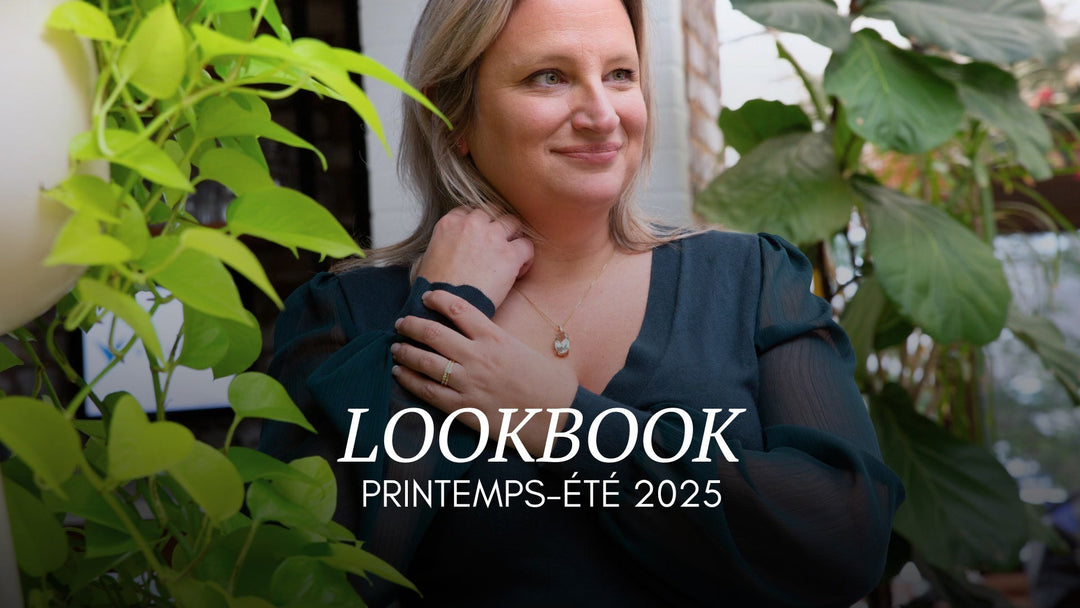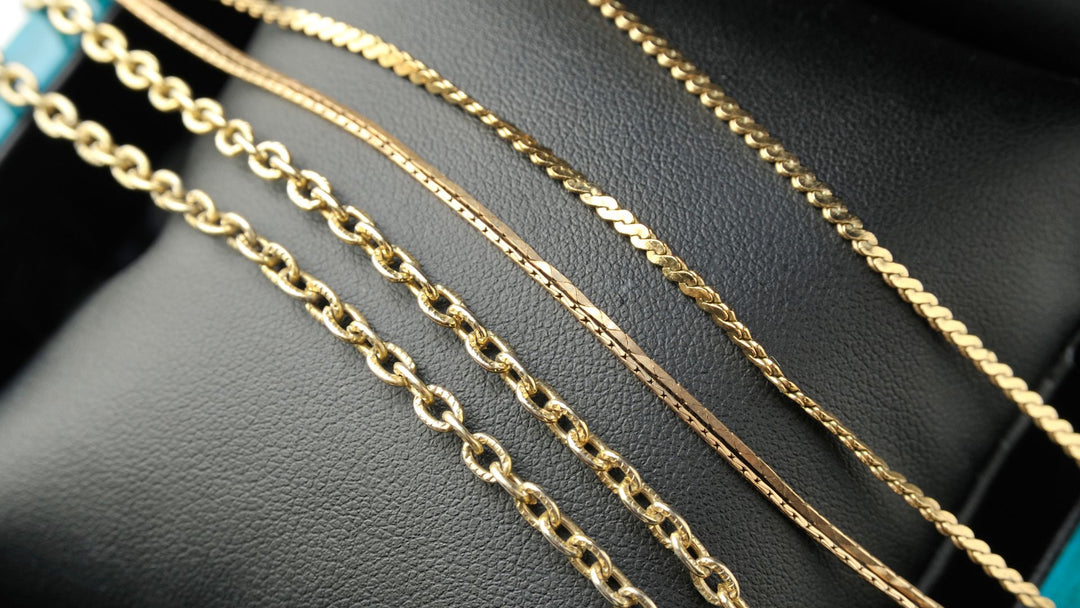The diamond, symbol of love and eternity, has always been prized for its beauty and rarity. However, the emergence of lab-grown diamonds has raised questions about their authenticity and value relative to natural diamonds. In this article, we'll explore the truth about lab-grown diamonds, answering the crucial question: "Are lab-grown diamonds real diamonds?"
Are lab-grown diamonds real diamonds?
The lab-grown diamond is indeed a real diamond.
It is also called synthetic diamond or cultured diamond. Its chemical composition and crystal structure are identical to those of a natural diamond. The main difference is in the conditions of formation: while natural diamonds take millions of years to form deep within the Earth, laboratory diamonds are created in weeks or months, replicating the natural process at using advanced technologies.
Lab-grown diamonds are subject to the same grading standards as natural diamonds. The 4C (carat weight, color, clarity and cut) are used to assess their quality, just like for diamonds extracted from nature. Thus, lab-grown diamonds offer a truly authentic alternative to natural diamonds, without the concerns of mining and environmental impact.
Why buy a lab-grown diamond?
- Ethics and sustainability: One of the most compelling reasons to buy a lab-grown diamond is because it is ethical and sustainable. Unlike diamonds mined from the earth, lab-grown diamonds do not contribute to destructive mining or the violation of human rights in mining regions. By opting for a lab-grown diamond, you are supporting a more responsible and environmentally friendly industry.
- Quality and Beauty: Lab-grown diamonds rival natural diamonds in quality and beauty. Thanks to advances in technology, gemological experts can create lab-grown diamonds of exceptional clarity and color.
- Choice and customization: When you opt for a lab-grown diamond, you have access to a wide range of choices. Lab-grown diamonds are available in different sizes, shapes, and colors, allowing you to find the one that perfectly matches your preferences and personal style.
- You can acquire a higher quality diamond at a more affordable price. The value of a lab-grown diamond varies, but is approximately 30% to 50% less expensive than a natural diamond.
The lab-grown diamond is undoubtedly a real diamond, offering an ethical and sustainable alternative to natural diamonds. With high quality standards, these diamonds have become a popular option for those seeking both splendor and environmental awareness. When you choose a lab-grown diamond, you are taking a step towards a more ethical and sustainable future without compromising the timeless beauty and symbolism that the diamond represents.
The process of making a lab-grown diamond:
The laboratory diamond is a technological feat based on the union between science and the timeless beauty of nature. Discover below how science and human ingenuity manage to recreate a natural phenomenon millions of years old.
-
Material Selection: Lab-grown diamonds are typically grown from small particles of pure carbon, which can be natural diamond seeds or layers of pure graphite.
-
Growth environment: Materials are placed in a specially designed growth chamber. This chamber is subjected to extreme temperature and pressure conditions, which mimic the natural environments where diamonds form deep within the Earth.
-
Growth methods:
There are mainly two growing methods used to produce lab-grown diamonds. The first is the high pressure high temperature (HPHT) method. In this method, the materials are subjected to extremely high pressures and high temperatures, allowing the carbon particles to crystallize and form a diamond.
The second method is chemical vapor phase (CVD) growth. In this approach, a carbon-containing gas is introduced into the growth chamber, creating an atmosphere conducive to diamond formation. Carbon atoms are deposited on a substrate, layer by layer, to build a diamond.
-
Growth time: The growth time varies depending on the size of the diamond desired. Small diamonds can be grown in a few days, while larger diamonds can take several weeks/months.
-
Control and Analysis: During the growing process, lab-grown diamonds are regularly checked and analyzed to ensure their quality and purity. State-of-the-art techniques such as Raman spectroscopy and infrared spectroscopy are used to assess the chemical composition and structural characteristics of the diamond in formation.
-
Cutting and Polishing: Once the diamond has reached the desired size, it is carefully extracted from the growth chamber. The rough diamonds are then cut and polished by skilled lapidaries to reveal their brilliance and beauty.
Making a lab-grown diamond is a complex process that combines science, engineering and artisanal expertise. Thanks to rigorously controlled growing conditions Remember that each diamond is unique!
What are the alternatives to diamond?
There are several alternatives to diamonds, offering varied options for those looking for gemstones that are both dazzling and affordable. Among these alternatives is moissanite, a lab-created gem that exhibits diamond-like brilliance and hardness. Cubic zirconia, on the other hand, are synthetic stones visually diamond-like, but at a significantly lower cost. Quartzes, with their wide range of colors and crystalline luster, are also popular alternatives. Finally, white sapphire, a transparent variant of sapphire, offers a beautiful alternative to diamond with its durability and natural sparkle. Each of these alternatives has its own unique characteristics, allowing jewelry enthusiasts to choose the gemstone that best suits their taste and budget.
To learn more about the differences between diamond, moissanite, white sapphire, and cubic zirconia, you can check out our guide here .
 |
 |




Leave a comment